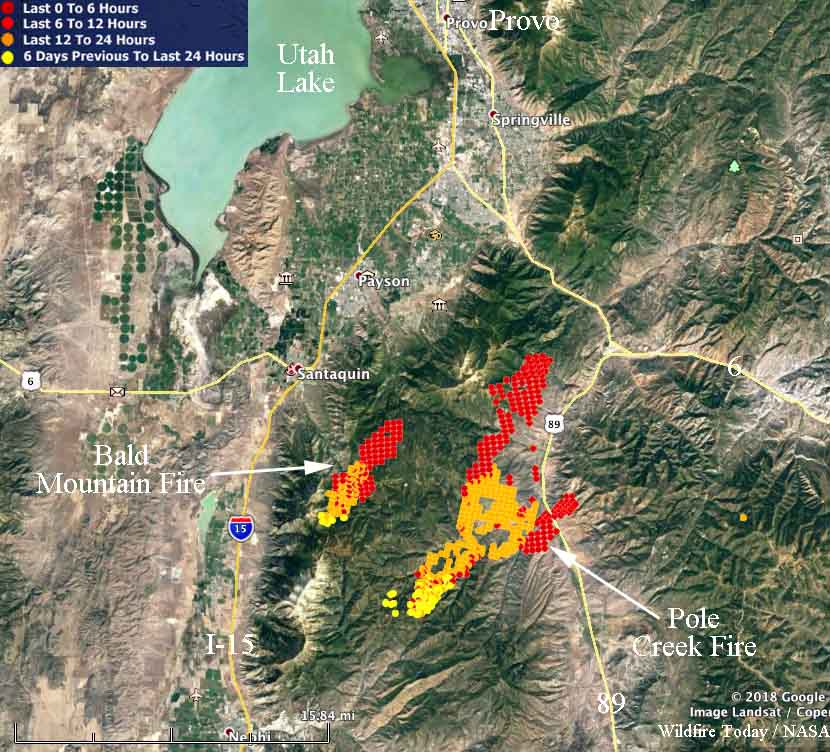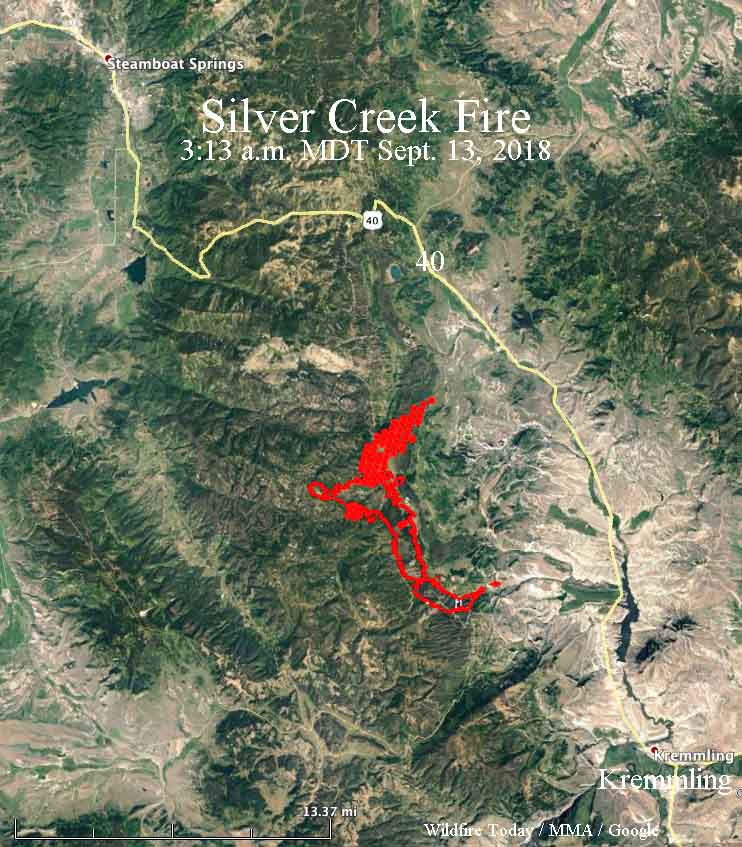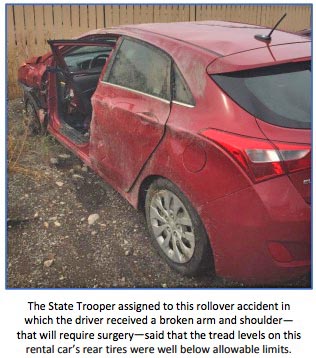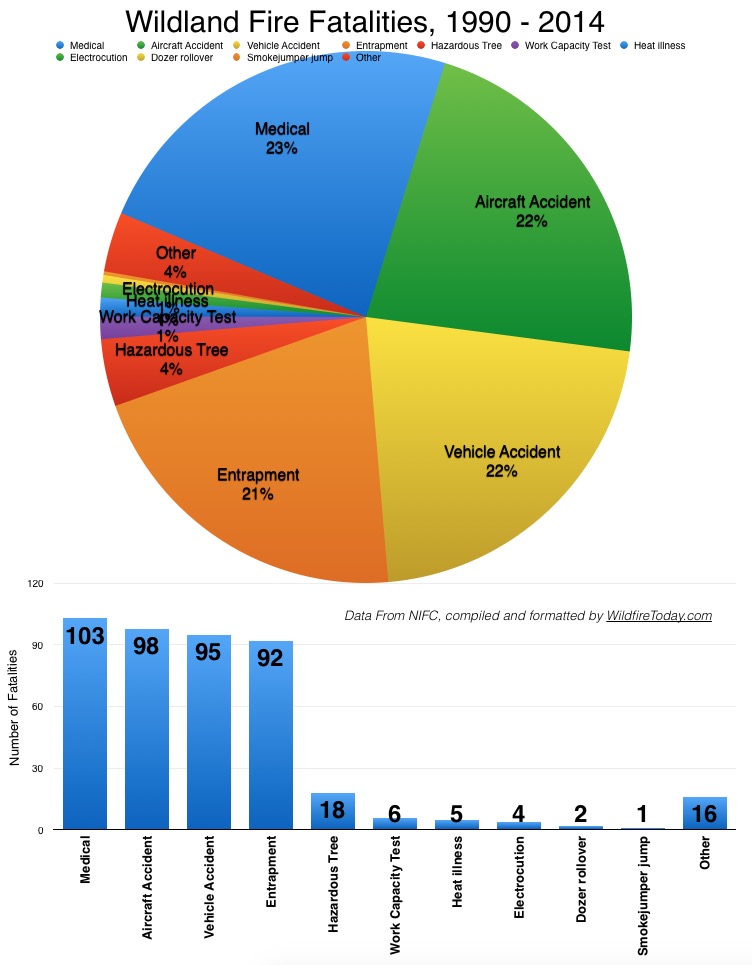At least six local residents and business owners in the Durango, Colorado area have filed a lawsuit against the company that operates the steam engine-powered train that hauls tourists on a 50-mile route between that city and Silverton. The Durango & Silverton Narrow Gauge Railroad locomotive burns coal which heats water, converting it to steam. Similar powered trains are known to start fires when burning embers are produced along with the smoke. The suit alleges that the train started a fire on June 1 north of Durango that eventually burned over 54,000 acres in very steep terrain west of Highway 550.
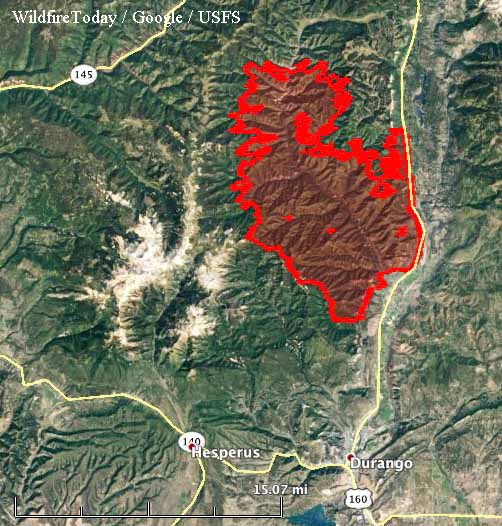
When the fire first started it was named the “Train xx Fire”. But instead of the “xx” there was a number, which gave the impression that a train had also started other fires in the area. After the fire quickly grew very large, the name was changed to “416 Fire”. The U.S. Forest Service investigated to determine the cause, but according to an article in the Durango Herald they have not released the results, which will likely be reviewed by Colorado State Attorney General’s office before they are revealed in late fall or early winter.
The people that filed the lawsuit claim the fire adversely affected tourism, causing a 5.6 percent drop in sales tax and a 13.2 percent drop in lodgers tax over the same period in 2017.
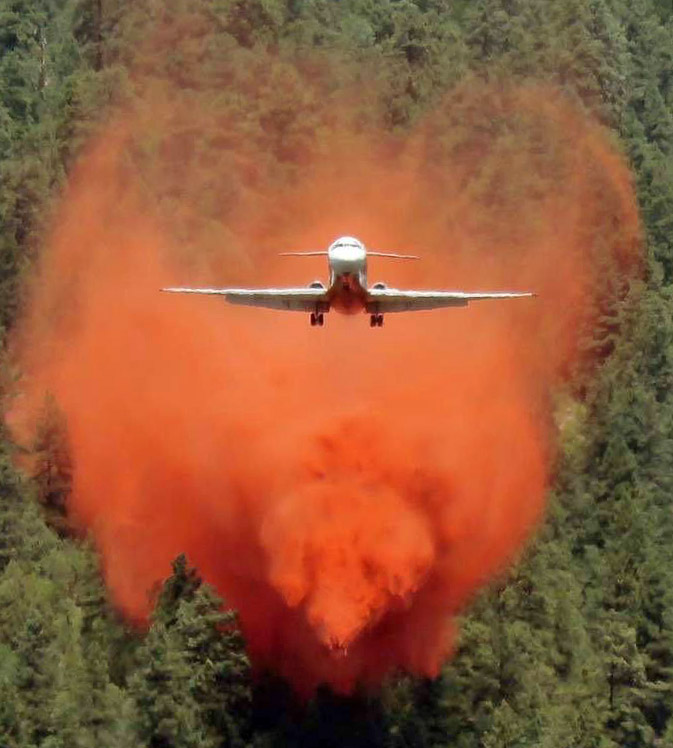
Below are excerpts from the Herald’s article:
Plaintiffs say the company and its owner knew, or should have known, of the drought conditions that existed at the time the fire started.
The company did work to prevent this possibility. The train has its own firefighting tactics, such as having pop cars with water tankers follow a train to extinguish small fires and a helicopter to tackle fires from the air.
But plaintiffs say the railway operator was not equipped to extinguish this blaze. It had just laid off its veteran crew of firefighters at the beginning of the year, the lawsuit states, and replaced them “with employees much less experienced in fire mitigation and firefighting techniques.”
Fire crews “were unable to put down the fire because they were insufficiently trained by the defendant and/or because the firefighting equipment provided on the pop car was wholly insufficient to appropriately respond to the fire,” attorneys wrote in the lawsuit.
The video below is an interview with Cres Fleming who was the second person on scene at the 416 Fire June 1, 2018.
Thanks and a tip of the hat go out to Gary.
Typos or errors, report them HERE.


